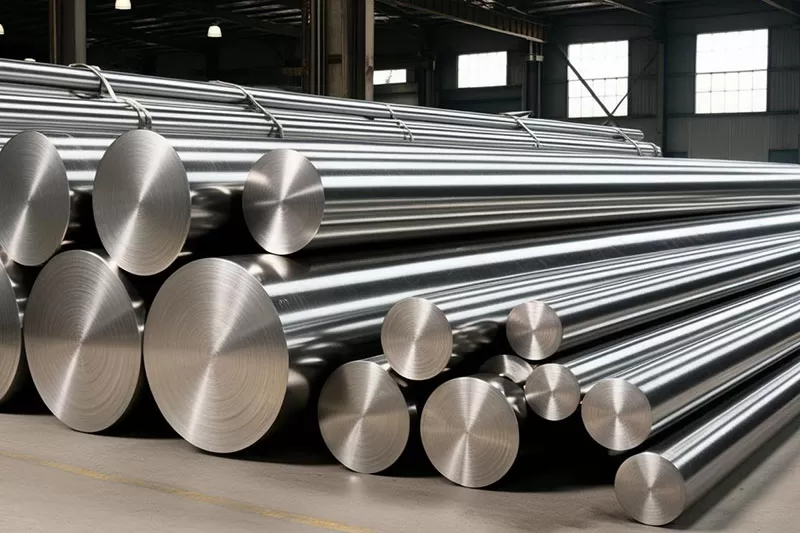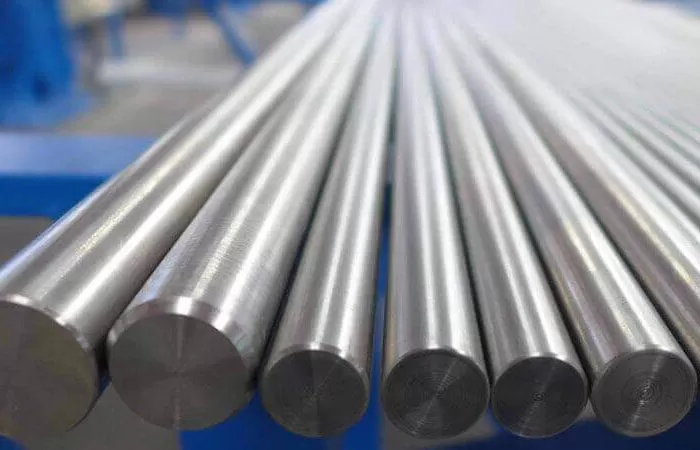
In October 2024, Australia saw a 4.2% year-on-year decrease in iron ore and pellets exports, amounting to 68.5 million tons, as reported by BigMint referencing ship composition data.
Compared to the previous month, iron ore supplies dropped by 9.7%.
Specifically, Australian ore exports to China in October fell by 10.3% month-on-month to 58.3 million tons. Other significant importers of Australian iron ore included South Korea and Japan, importing 3.9 million tons (down 5% month-on-month) and about 3 million tons (a 29% decrease month-on-month), respectively.
The decline in Australian iron ore exports in October was primarily attributed to subdued market sentiment and reduced interest in ore purchases, notably from China. This shift was influenced by environmental measures introduced in northern Chinese cities like Tangshan and Handan to address air pollution. These measures aimed to cut emissions by limiting industrial activities, impacting steel mill operations.
In October, major players in the Australian iron ore export market experienced shipment declines: Rio Tinto shipped 24.1 million tons (a 14% decrease compared to September), BHP shipped 21.9 million tons (down 2% month-on-month), and FMG shipped 15.9 million tons (a 15% decrease month-on-month).
The future outlook for Australia's iron ore exports remains uncertain, influenced by evolving market dynamics and demand fluctuations.
Earlier reports indicated that in the first nine months of the year, Australia increased iron ore and pellets exports by 2.4% year-on-year to reach 644 million tons. Over January to September, the average monthly price for Australian iron ore with a 62% iron content dropped by $5 per ton compared to the same period the previous year, settling at $112 per ton CFR China.

2025-12-11 16:42:29

2025-11-19 14:09:22

2025-11-07 17:27:49

25th floor, C3 Building, Wanda Plaza, Kaifu District, Changsha, Hunan Province, China